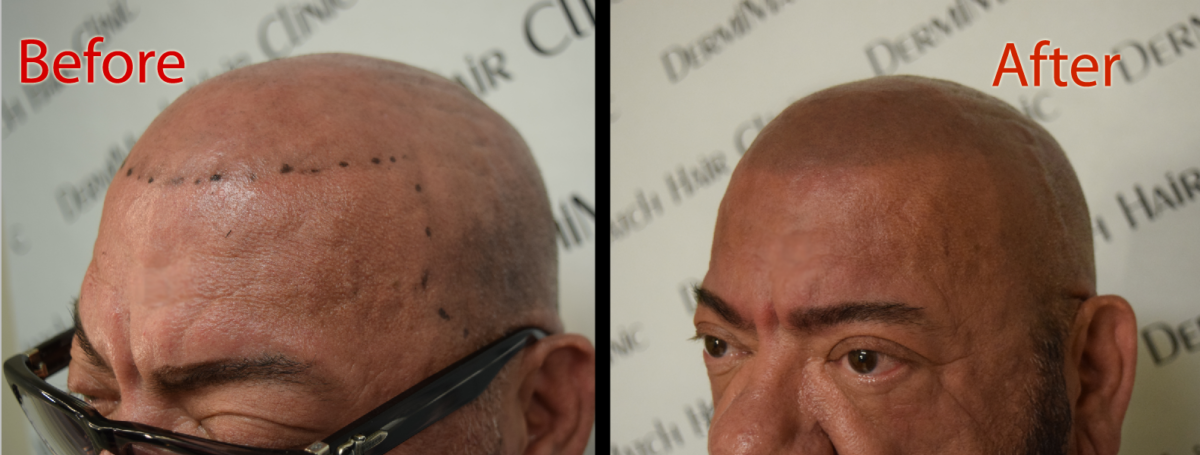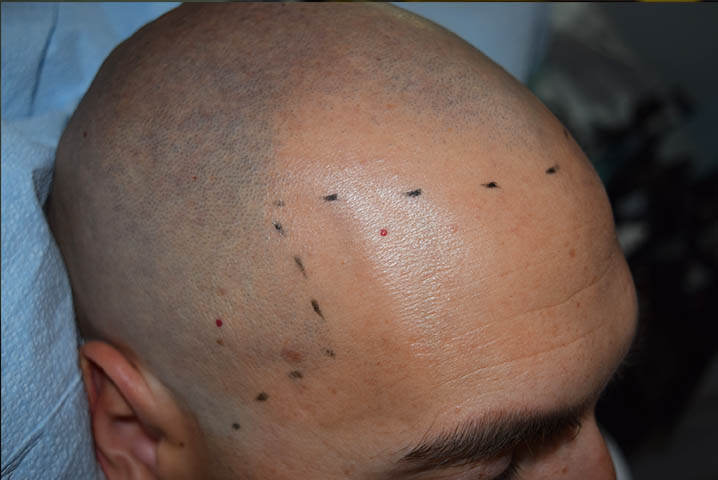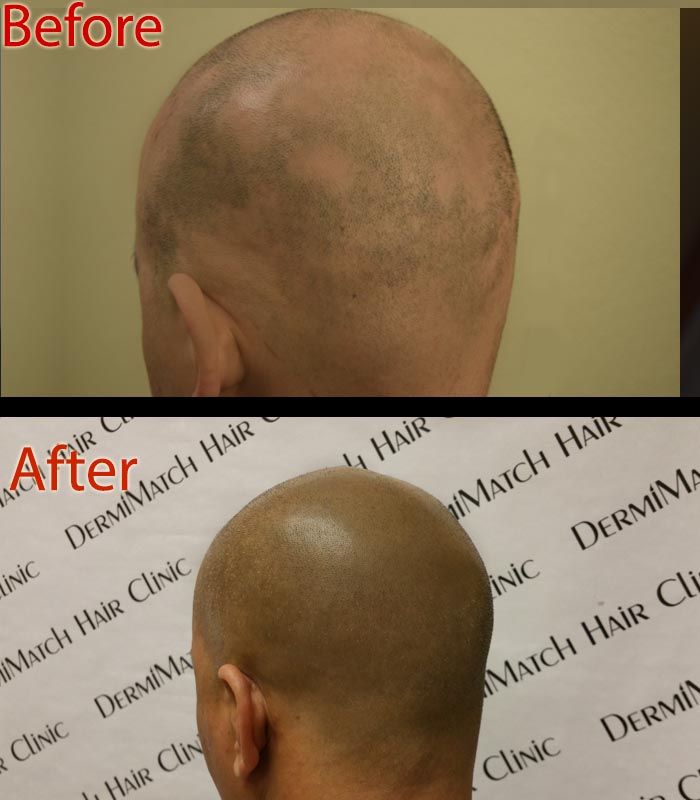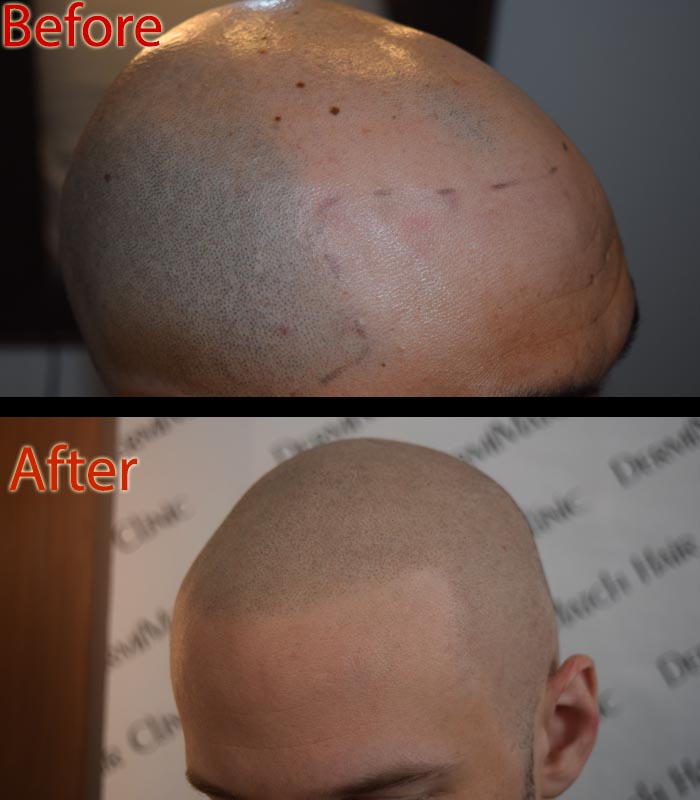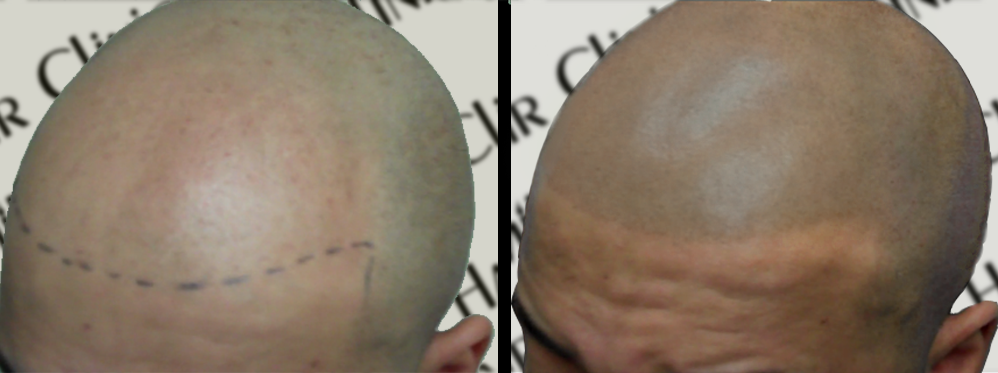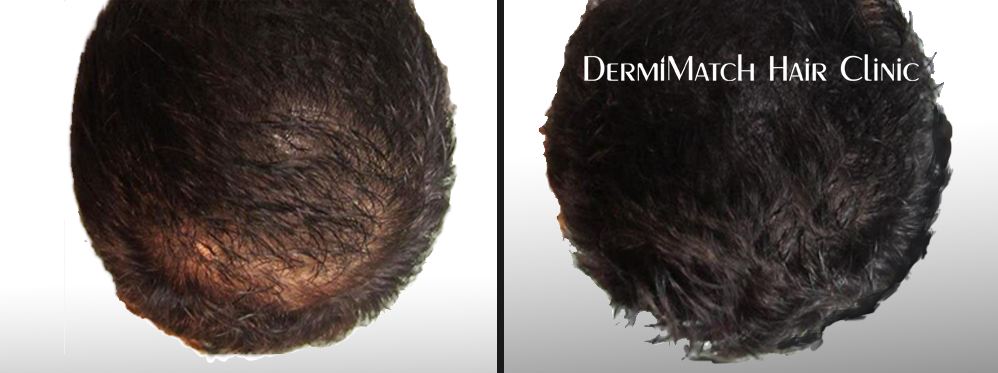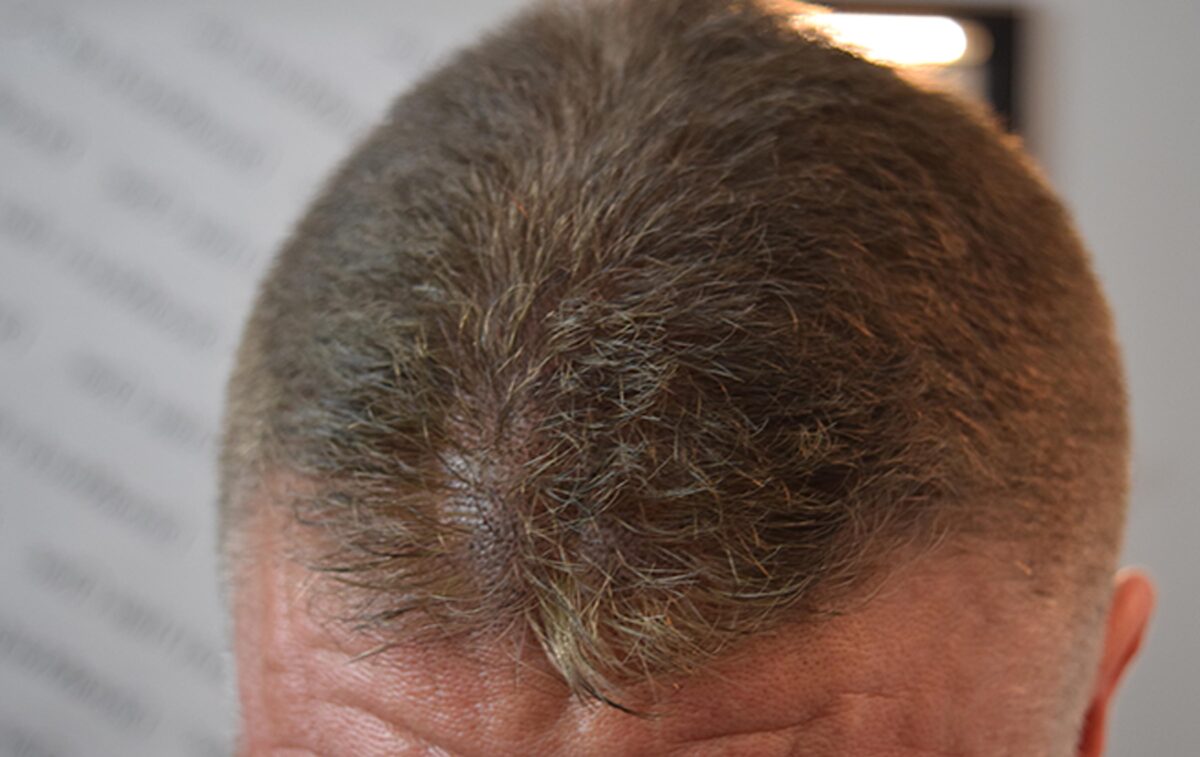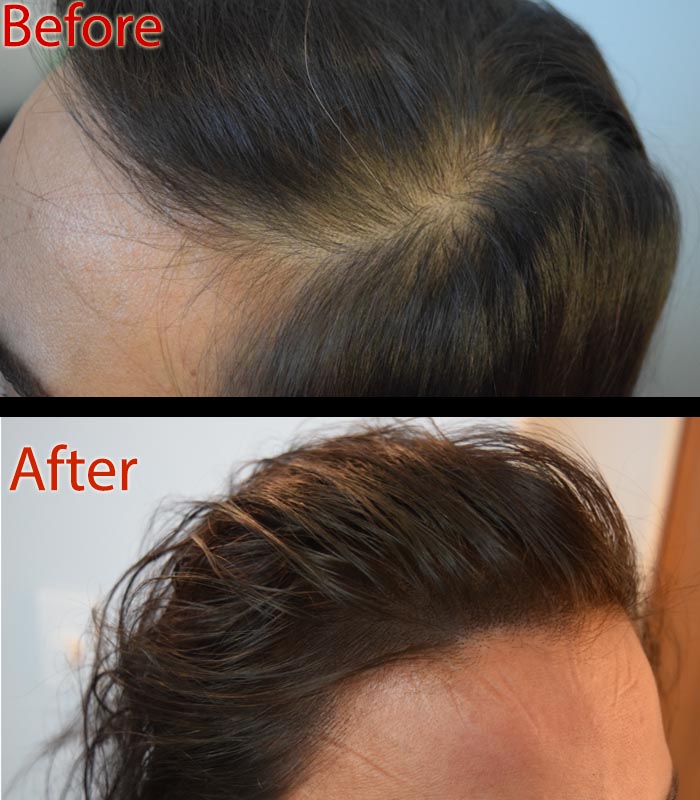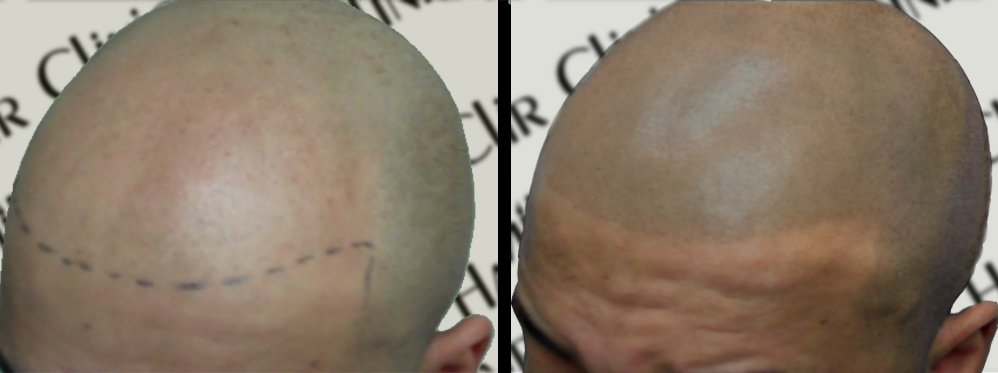So you dream of a Good Hair Day every day, right? You are in awe of the dense, bouncy hair of your friend. Perhaps, you, too, dream of caressing your fuller-looking hair. But is it possible to increase hair density? It might sound simple but increasing hair density isn’t that easy. To increase hair density, your goal is to improve the number of follicles because the more the number of follicles, the thicker and denser the hair. But how is that possible? Let’s explore.
What is Hair Density?
Hair density is measured as the amount of hair growing from each follicle. To the naked eye, a scalp with thick coverage of hair is considered dense. Hair density is a term used to describe the proximity of hair strands to each other. The closer the hair strands, the thicker the hair.
Low hair density means thin hair and a visible scalp. High density, on the other hand, means thick growth of hair.
How to improve hair density?
Your diet is important
Eating nutrient-dense food can nourish your body as well as your hair. If your diet lacks nourishment, you may lose hair or experience hair thinning. Each hair strand is a buildup of keratin. So eating a balanced diet can enrich and nourish your hair with required vitamins, minerals, and proteins.
When your diet is rich in nutrients, your hair feels nourished and you can expect good hair density.
Massage nourishes roots
Add gentle and relaxing scalp massage into your hair care regime. It will boost blood circulation, which is crucial for stronger roots and healthy hair. Add regular combing to your hair care routine to distribute natural oils to each root and protect hair from damage. When hair doesn’t fall as much as they are, you can expect dense growth.
Manage stress
Stress affects your hair adversely and thus hair density. Now that you know how stress can affect hair growth, focus on ways to stay calm. A relaxed mind ensures better growth and keeps hair looking healthy and lustrous. Sleep well, practice meditation, and exercise more to relieve and manage stress.
Choose the right hair care products
It’s crucial to add natural solutions to your hair care regime instead of opting for chemical treatments. You want to invest in a permanent hair restoration solution for thinning hair to increase hair density. It is here that you can choose scalp micropigmentation in Scottsdale. The procedure helps cover thinning areas or bald spots with pigmented dots that camouflage hair and scalp problems.
This includes hair loss, receding hairline, hair thinning, and bald patches. If your problem is hair thinning, Scottsdale scalp micropigmentation technicians can help. Look for experts who are skilled in SMP and know their craft well. Trust only experts in scalp micropigmentation as even tattoo artists are offering SMP services at many places. SMP hair density involves adding multiple simulated follicles to the upper dermis. The goal is to fill in the bald patches to mimic fuller, denser hair growth.
You can’t trust the job of SMP to a tattoo artist. Both SMP and body art are different. A tattoo artist can’t ensure the best solution to your scalp problem. Get in touch with DermiMatch SMP experts, who are experienced in scalp micropigmentation and have a proven track record of treating hair thinning problems.

